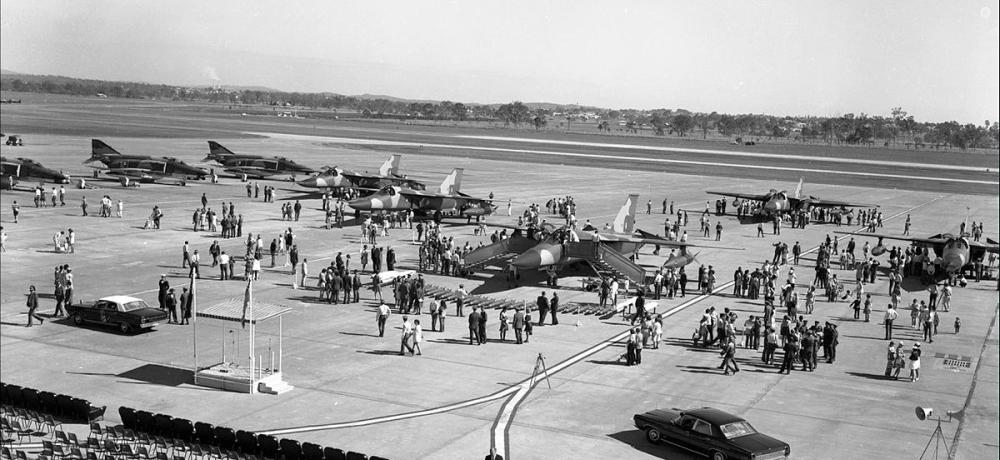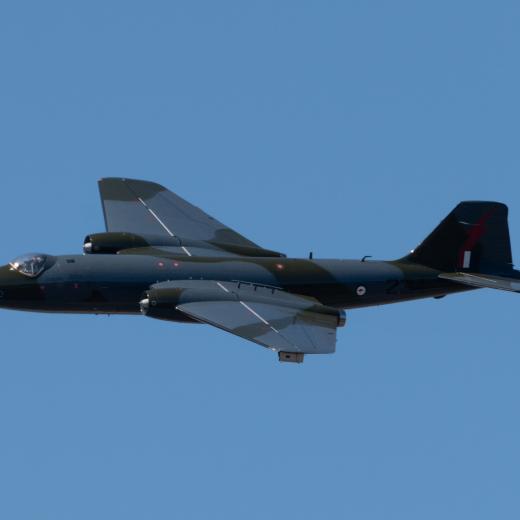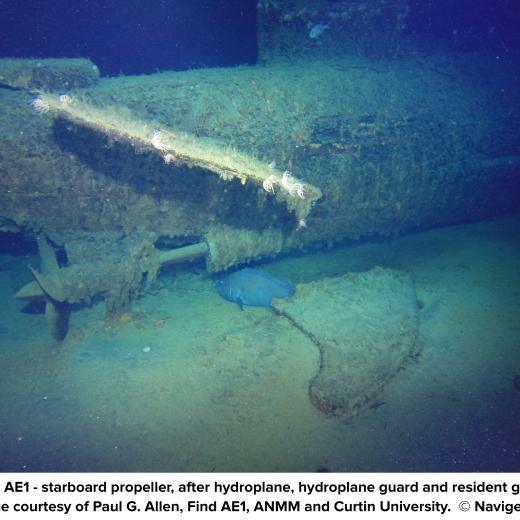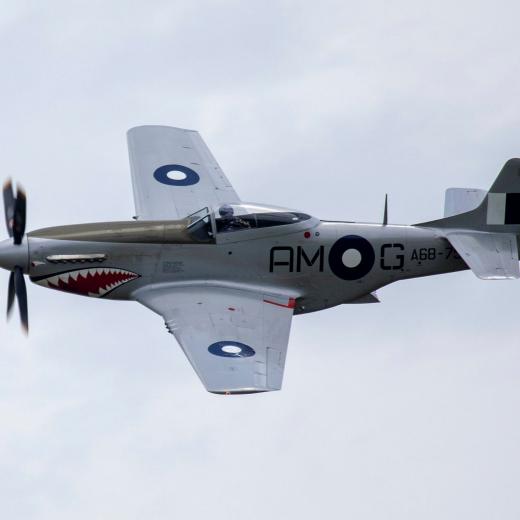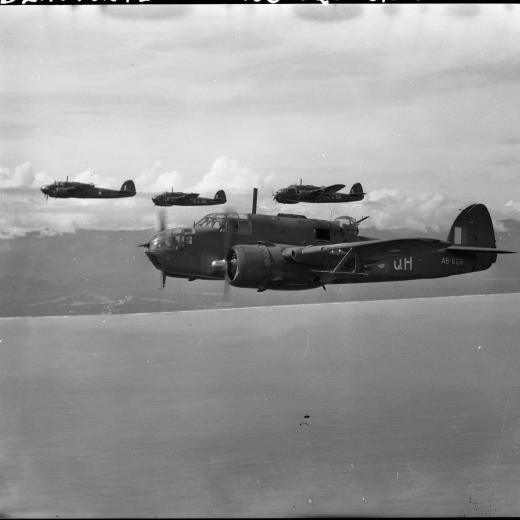BLUF
The US, Britain and the Soviet Union were allies in WW2 but fell out in a worldwide battle for supremacy called the Cold War characterised by political manoeuvring, military coalitions, espionage, propaganda, arms build-ups, economic aid, and proxy wars.Summary
This article from the John F Kennedy Presidential Library and Museum makes the following points:
- Tensions between the US and Soviet Union were clear at the May 1945 Potsdam Conference.
- The Soviet Union wanted a buffer zone with Western Europe.
- Pro-communist regimes were set up in Poland, Hungary, Bulgaria, Czechoslovakia, Romania, Albania and East Germany.
- The United States began containing communist influence in France, Italy, and Greece.
- The Marshall Plan (1947) provided economic assistance to Western Europe to prevent communist takeovers.
- France, Britain, and the US administered sectors of Berlin, deep inside communist East Germany.
- In 1948, the Soviets cut off West Berlin, forcing air resupply.
- The North Atlantic Treaty Organization (NATO) formed in 1949.
- Eastern European Communist governments responded with the Warsaw Pact.
- The Cold War spread to Asia, Africa, and Latin America.
- Chinese communists won the civil war in 1949.
- In 1950, North Korea invaded South Korea.
- Communist China supported the North and the US/UN the South.
- A truce was signed in 1953.
- French Vietnam fell in 1954 and the country divided into a communist North and Southern military government.
- The Southeast Asia Treaty Organization (SEATO) was formed in response.
- From 1959 Fidel Castro’s Cuba became Soviet dependent.
- Cuba is 145 kms from Florida.
- In his inaugural address, President Kennedy pledged that the American people would "pay any price, bear any burden, meet any hardship, support any friend, oppose any foe to assure the survival and success of liberty."
- The Bay of Pigs was an American supported invasion of Cuba by exiles living in the US.
- All were killed or captured.
- In 1962 missile sites were being constructed by the Soviet Union in Cuba.
- Faced with a potential nuclear war, the Soviets removed the missiles and the US agreed not to reinvade Cuba.
- The nuclear arms race accelerated.
References
Recent Runway Posts related to this topic:
References from the Web:
- Cold Conflict-the National WW 2 Museum
- Timeline of the Cold War-Truman Library
- Cold War-BBC History
- Cold War: A Brief History-Atomic Archive .com
- MAY2022 Germany's intelligence chief warns spying has surged to Cold War levels as Russia wages war against Ukraine-Insider

